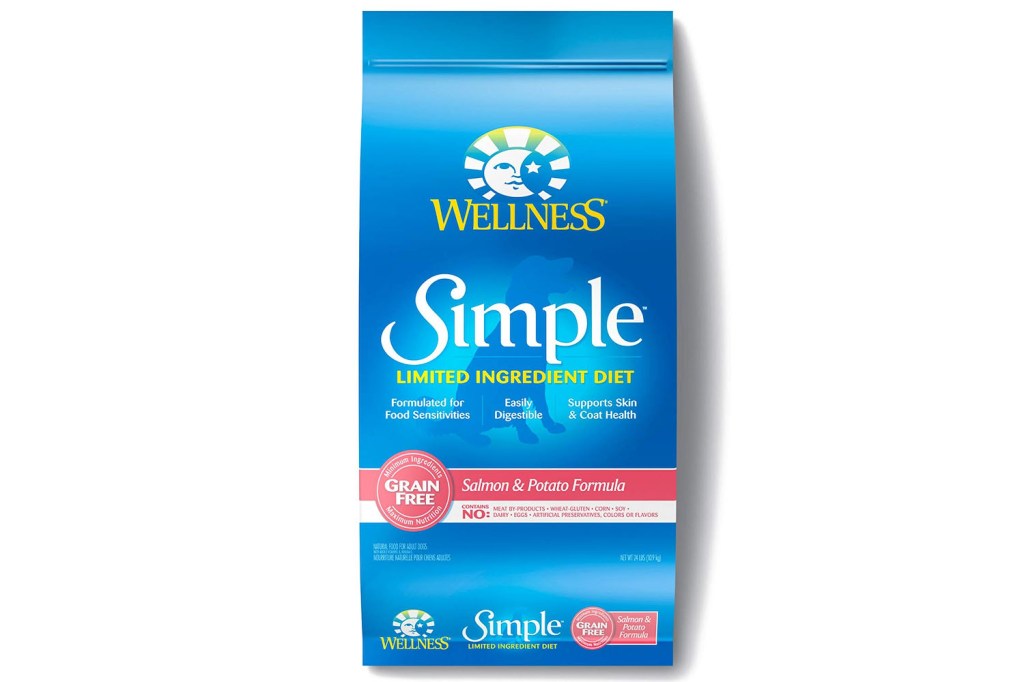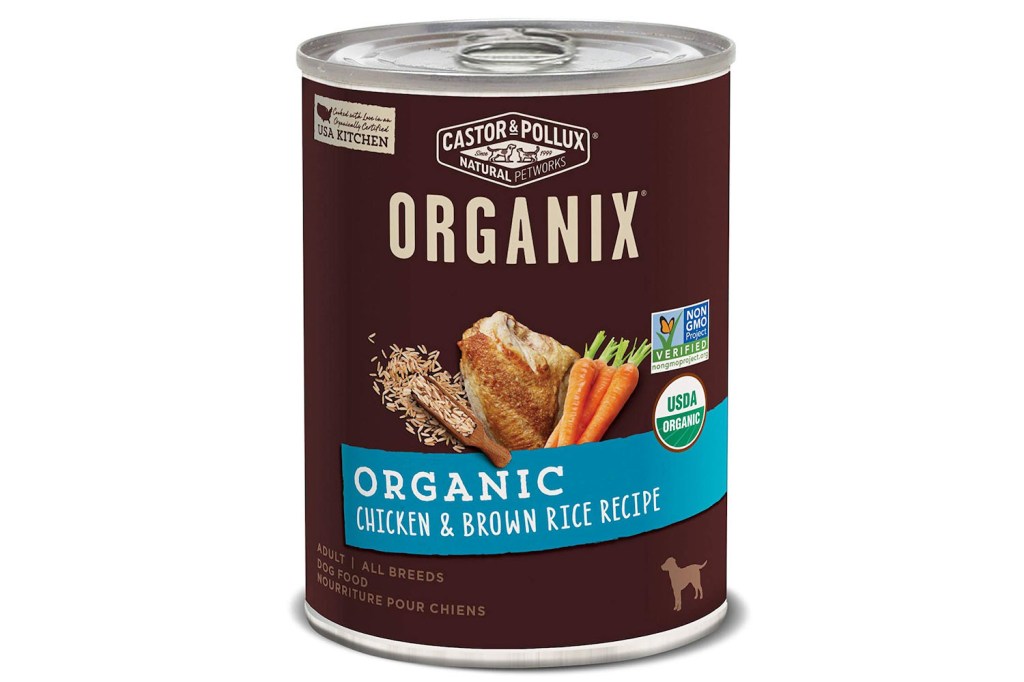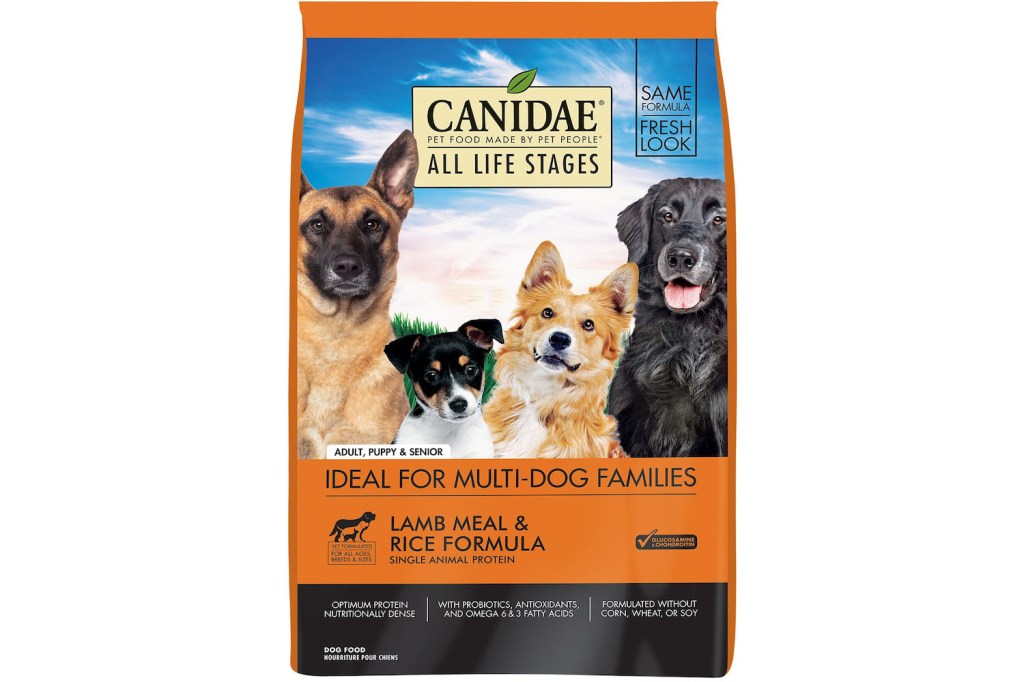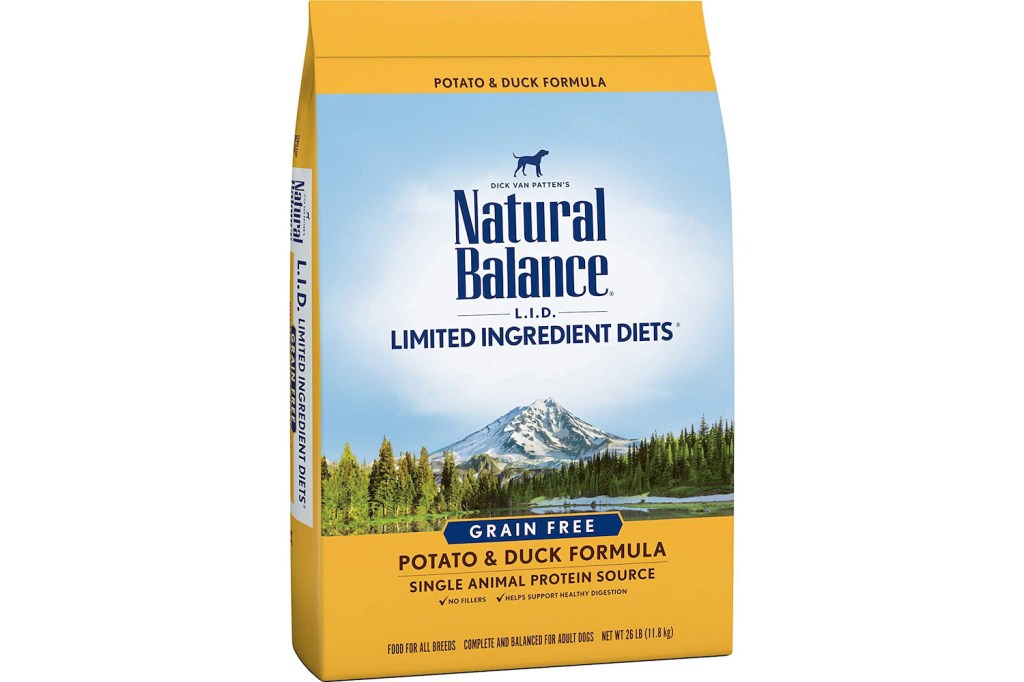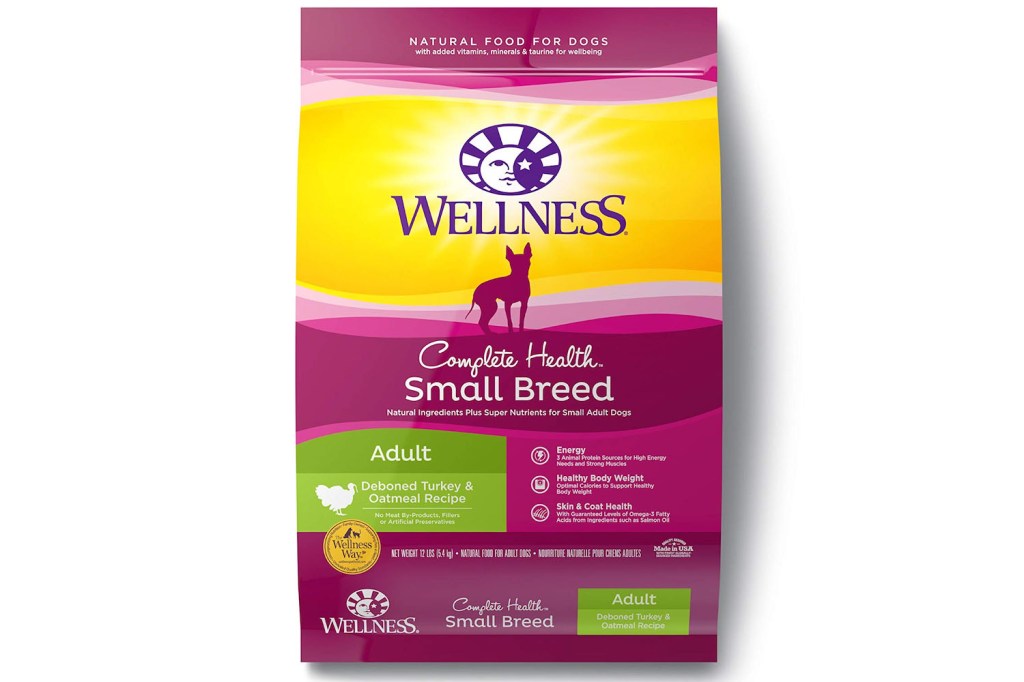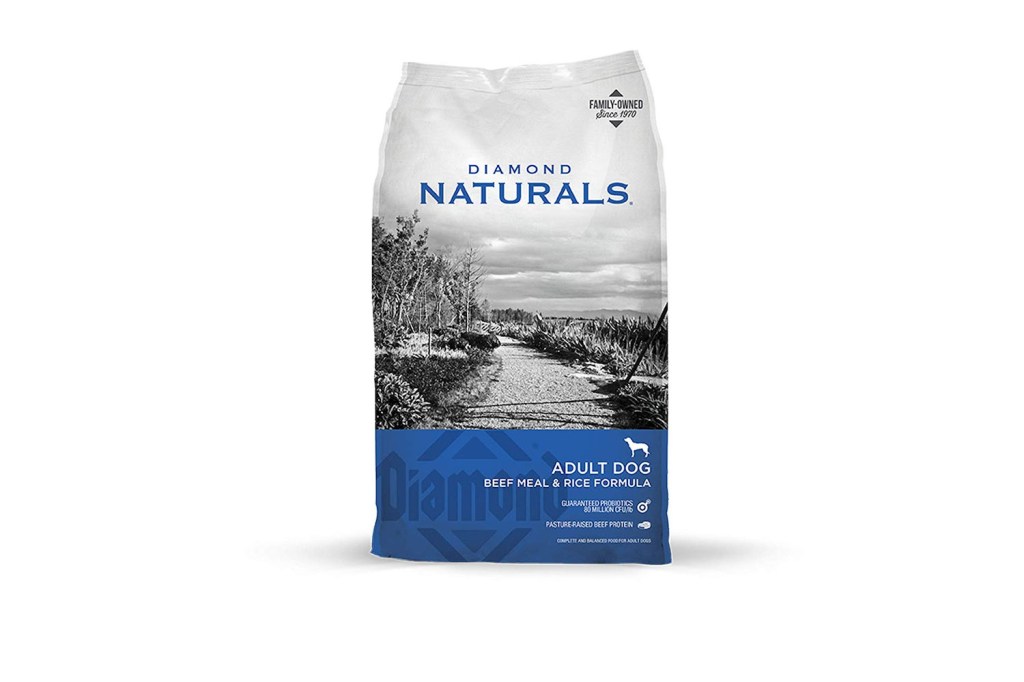Veterinarians Weigh in on the Best Dog Food for Your Pet
As a dog parents, you know that the quality of their food affects the quality of your dog’s life — so feeling confident in what you feed your furry friend is a big deal. When it comes to your beloved four-legged family members, you want to feed them the highest-quality diet you can afford. But with so many different labels advertising trending buzzwords, such as “raw food” or “grain-free diet,” it can feel daunting to know which types are really the best dog food option for your pet. Trends aside, there are a number of factors to consider when choosing the best dog food.
“The most important thing is to look for a food that is nutritionally complete and balanced. That means that the balance of nutrients, vitamins, and minerals provide your dog with everything they need,” Dr. Zay Satchu, co-founder and chief veterinary officer of Bond Vet, tells FIRST for Women.
The Association of American Feed Control Officials (AAFCO) plays a vital role in helping consumers determine which dog foods are nutritionally complete and balanced and which are “intended for supplemental feeding only.”
As with humans, reading the nutrition labels on dog food is important, as the AAFCO’s complete and balanced diet standard is printed on dog-food bags that meet the requirements — a good indicator that you’re feeding your pet a quality formula.
“Investing in a good quality dog food, even if it seems expensive, will help save you money in the long run by keeping your dog as healthy as possible … high-quality dog foods are usually highly digestible — that means, a higher percentage of the food will be absorbed by the digestive tract, rather than passing through as waste or stool. So, for most dogs you’ll be able to feed less (so the bag will last longer) — and, you’ll have less mess to clean up in the yard!” says Satchu.
Finding the Best Ingredients
The types of ingredients in your dog’s food are also of vital importance. “I always strive to have them eat meals that are made with ingredients that closely resemble the format created by nature. This means whole foods over processed foods. Additionally, I recommend my patients’ meals are made with human-grade ingredients instead of those that are feed-grade.” LA-based veterinarian and certified veterinary acupuncturist and journalist, Dr. Patrick Mahaney, tells FIRST.
What’s more, certain ingredients can be dangerous for dogs. According to a recent investigation by the US Food and Drug Administration (FDA), several types of dog food can potentially cause life-threatening diseases like dilated cardiomyopathy (DCM). This investigation highlighted the link between DCM and grain-free dog food in particular.
Dr. Satchu warns: “Grain-free diets became popular for dogs after grain-free diets for humans became very common. However, recent research suggests that grain-free diets are bad for most dogs, as they can lead to a serious, fatal heart problem called dilated cardiomyopathy. So, I wouldn’t recommend a grain-free diet, unless your dog has a proven grain allergy.”
To avoid concerns related to grain-free dog food, some pet owners have started preparing meals for their pets at home. While it’s always recommended that you speak with your veterinarian before starting a new diet plan for your pet, Dr. Mahaney recommends “consulting with a veterinary nutritionist to create a recipe that is appropriate for the pet’s health needs and nutritionally complete and balanced.”
He also suggests exploring services, like BalanceIt, that create dog food recipes that meet nutritional standards.
What about raw food diets?
You may have also read about raw diets for dogs, or ones that uses uncooked meats, whole or crushed bones, fruits, vegetables, raw eggs, and dairy. While they make for an effective way to avoid fillers and artificial additives in your dog’s food, there are some important things to consider for both you and your dog, however, before making a switch to this dog food plan.
First, raw diets contain a lot of raw meats, which carry the risk of infection caused by Salmonella, Listeria, E. coli, or other bacteria for both the dog consuming the food as well as anyone handling the food or bowl.
In fact, the American Veterinary Medical Association (AVMA) “discourages the feeding to cats and dogs of any animal-source protein that has not first been subjected to a process to eliminate pathogens because of the risk of illness to cats and dogs as well as humans.”
To combat this risk, Mahaney recommends that meats are “cooked to appropriate temperatures to reduce the potential that pathogenic bacteria could sicken the pet or human family member,” while Satchu recommends choosing a packaged brand.
Raw food diets are also not appropriate for puppies, because, as Satchu explains, “they can cause bone deformities due to a calcium imbalance,” further highlighting the importance of a complete and balanced diet for your pet at their life stage.
What’s the best dog food to feed your dog?
Similarly to humans, no one dog is created equally. Satchu emphasizes the importance of selecting a dog food that’s appropriate for the right life stage. ”Growing puppies need a higher calorie content, while senior pets may benefit from a food for slower metabolism, with added supplements such as glucosamine for joints.”
And remember: As with any diet changes, transition to a new food should be slow to avoid health issues. You should always consult your veterinarian before starting your pet on a new diet to ensure they get the correct balance of nutrients, vitamins, and minerals. Keep reading for FIRST for Women‘s top picks for the best dog foods you can feed your pup.
We write about products we think our readers will like. If you buy them, we get a small share of the revenue from the supplier

